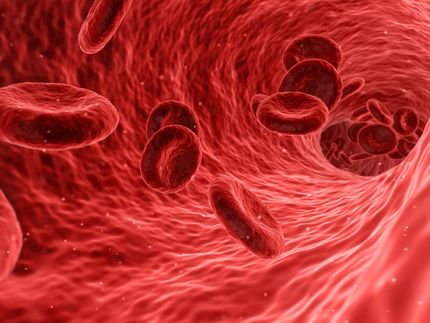European Thrombosis Therapeutics Market is Experiencing an Urgent Need for Enhanced Products, Says Frost & Sullivan
Increasing Incidence of Thrombosis, Paralleled by Maturing Life cycles of Existing Products, Underpin the Demand for Novel Alternatives
The increasing incidence of thrombosis, paralleled by the maturing life cycles of existing products, are motivating the need for novel alternatives. Establishing end-user confidence and ensuring cost-effectiveness pose significant challenges to market advancement. However, the launch of three blockbuster oral anticoagulants is projected to help the thrombosis therapeutics market address these challenges. It is also anticipated to help companies tackle competition from low cost generics.
New analysis from Frost & Sullivan, Analysis of the European Thrombosis Therapeutics Market, finds that the market earned revenues of approximately $8.67 billion in 2010 and estimates this to reach approximately $13.01 billion in 2017 at a compound annual growth rate (CAGR) of 6.6 per cent from 2010-2017.
“The rising number of people suffering from thrombosis is resulting in higher demand for related therapeutics,” notes Frost & Sullivan Research Analyst Deepika Pramod Chopda. “This, coupled with strong pipeline development, is pushing robust growth in the overall market.”
About 4.5 million people in Europe are diagnosed with thrombosis annually, underlining the growing incidence of the disease. The result has been higher demand for treatment, complementing overall market growth. Approximately $3.46 billion was spent on R&D, indicative of vigorous efforts to develop innovative thrombotic drugs.
A key challenge has been the competition from generic manufacturers that are able to offer cost-effective equivalents to patented brands.
“The loss of patent rights of established thrombosis drugs in the early stages of the forecast period will contribute to the rise of generics,” explains Deepika. “These low cost substitutes are likely to hinder the adoption of new and improved products.”
Stringent approval procedures are also hampering market expansion. The European Medicines Agency (EMA) assesses several factors at every level of a drug’s progress. This rigorous process limits the number of new medicines entering the market.
“Awareness raising through public healthcare forums and organisations about new developments and innovative treatment options will contribute towards establishing greater end-user confidence,” concludes Deepika. “In the meantime, precautionary measures like adopting healthy lifestyle practices will help limit the incidence of the disease.”
Other news from the department business & finance

Get the life science industry in your inbox
By submitting this form you agree that LUMITOS AG will send you the newsletter(s) selected above by email. Your data will not be passed on to third parties. Your data will be stored and processed in accordance with our data protection regulations. LUMITOS may contact you by email for the purpose of advertising or market and opinion surveys. You can revoke your consent at any time without giving reasons to LUMITOS AG, Ernst-Augustin-Str. 2, 12489 Berlin, Germany or by e-mail at revoke@lumitos.com with effect for the future. In addition, each email contains a link to unsubscribe from the corresponding newsletter.






















































